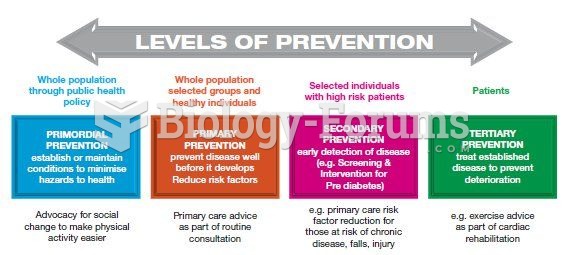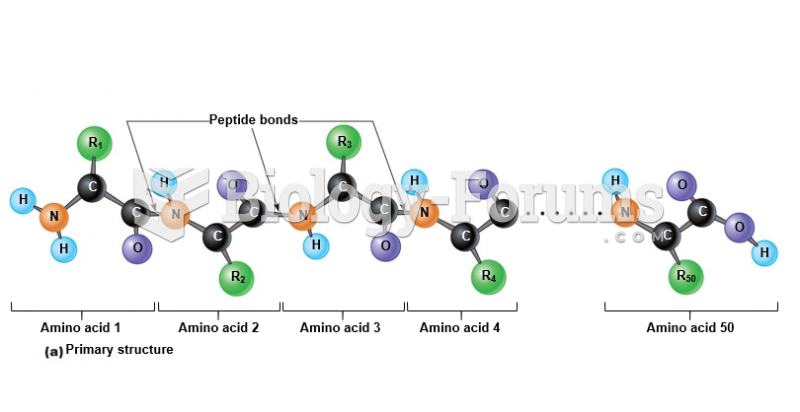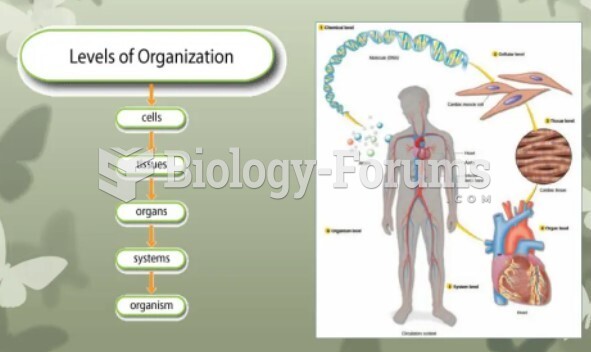Answer to Question 1
The various levels of cognitive disability are as follows:
Mild cognitive disability: People at this level develop communication and social skills similar to other people's. Their cognitive disability is often not recognized until they are in the third or fourth grade, when they begin to have serious academic difficulties. With help they can acquire academic skills beyond the sixth-grade level. Other than intellectual functioning, their needs and abilities are indistinguishable from those of others. Special education programs in school often enable these children to acquire the vocational skills needed for performing unskilled and semiskilled jobs. As adults, many are employed and live somewhat independently.
Moderate cognitive disability: Children at this level learn to talk and communicate during the preschool years. Unlike other children, however, they have difficulties learning social customs. They are unlikely to ever perform beyond second-grade level in academic subjects. Some have poor motor coordination. As adults they can learn to contribute to their own support by working at semiskilled or unskilled tasks in protected settings; many live in group homes.
Severe cognitive disability: People at this level have major difficulties in communicative speech, and before the age of 5 they display considerable evidence of motor coordination problems. At special schools, they may learn to talk, and they can be trained in elementary hygiene. As adults they may be able to perform simple and unskilled job tasks under supervision in a protected setting. Most reside in group homes or in residential institutions.
Profound cognitive disability: People at this level display severe disabilities in adaptive behavior. During the preschool years, they are able to master only the simplest motor tasks. Later some development of motor skills may occur, and they may learn some elementary self-care skills. This level of cognitive disability is often associated with severe physical deformities and central nervous system difficulties. Health and resistance to diseases are often poor. Life expectancy is substantially shortened. Children and adults at this level usually need custodial care.
Answer to Question 2
a PG 37 EPAS: 2.1.8b







